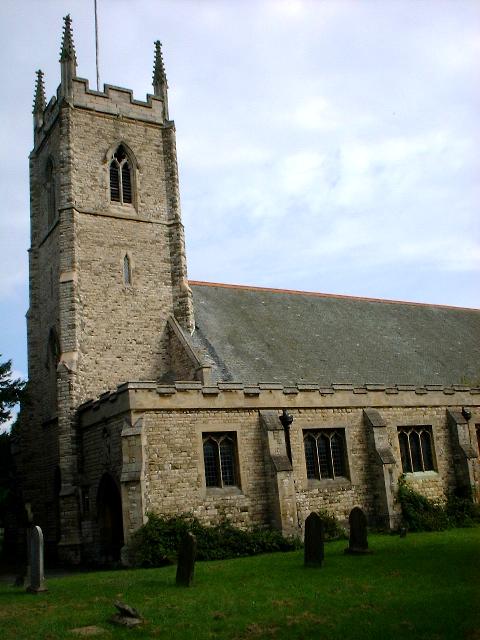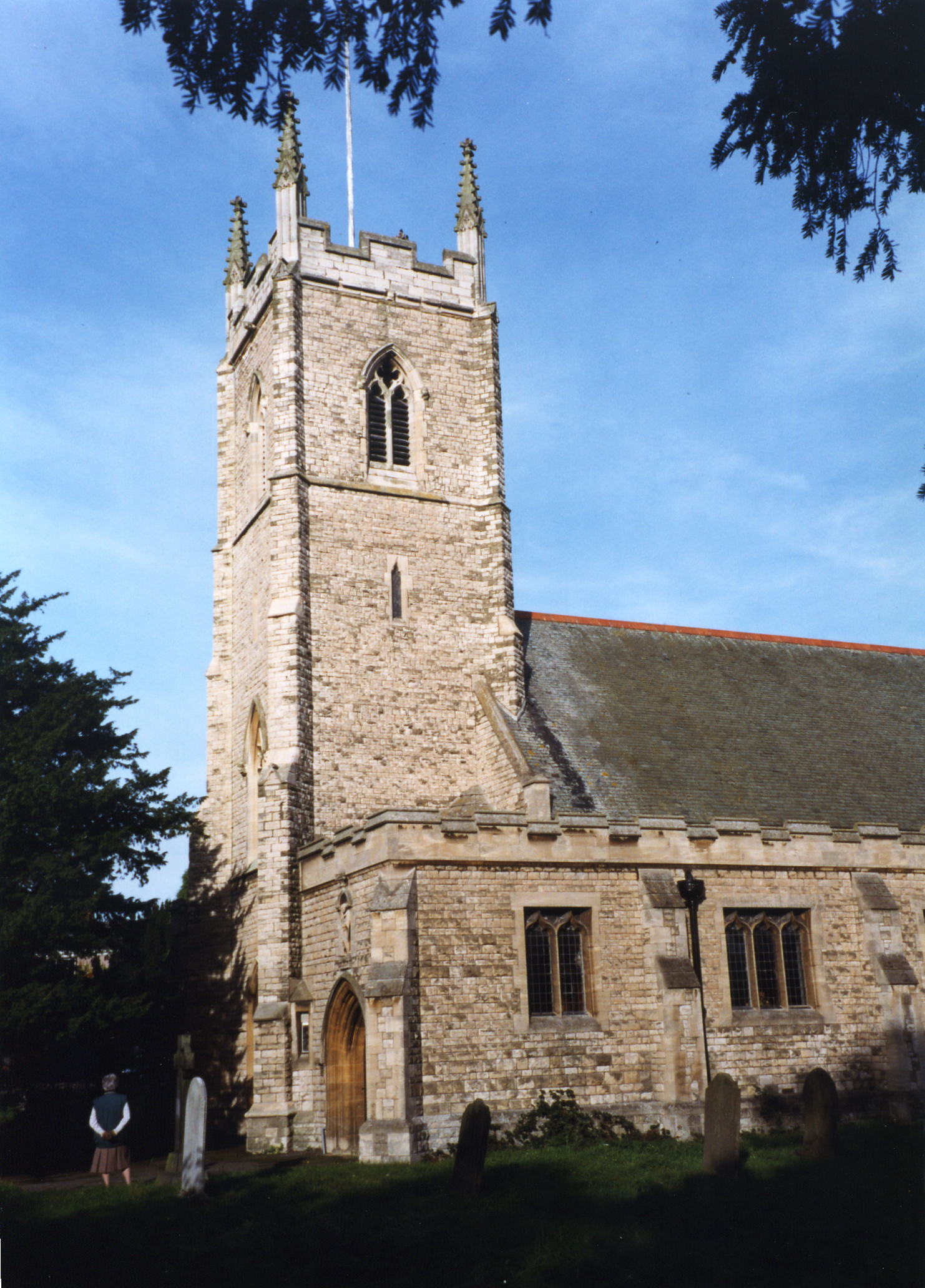Hide
Morton (by Gainsborough)
hide
Hide
hide
Hide
hide
Hide
Hide
hide
Hide
Morton, township and vil., Gainsborough par., Lincolnshire, on river Trent, 1½ mile NW. of Gainsborough, pop. 917; P.O.; near vil. is Morton Hall, seat.
From: John BARTHOLOMEW's Gazetteer of the British Isles (1887)
Hide
The Gainsborough Library is an excellent resource with both a Local History section and a Family History section.
- The parish was part of the Gainsborough sub-district in the Gainsborough Registration District.
- The North Lincolnshire Library holds a copy of the parish census returns for 1841 through 1901.
- Check our Census Resource page for county-wide resources.
- The table below gives census piece numbers, where known:
| Census Year | Piece No. |
|---|---|
| 1841 | H.O. 107 / 634 |
| 1861 | R.G. 9 / 2409 |
| 1871 | R.G. 10 / 3446 |
| 1881 | R.G. 11 / 3295 |
| 1891 | R.G. 12 / 2635 |
| Morton (by Gainsborough), Independent |
- The first Church of Saint Paul was built in 1845. The ecclesiastical (and civil) parish was formed the next year, when the church opened.
- The Church of Saint Paul was rebuilt in 1891 to replace the earlier church. Built of stone, it has a chapel dedicated to St. Hugh on the south side.
- The church seats 450.
- Richard CROFT has a photograph of St. Paul's Church on Geo-graph, taken in 2005.
- Richard CROFT also has a photograph of the church interior on Geo-graph, taken in 2009.
- Here is a photo of the church, taken by (and copyright of) Wendy PARKINSON :

- Here is a photo of St. Paul's Church, taken by Ron COLE (who retains the copyright):<
/li>

- The parish register dates from 1847.
- John Steer tells us (2003): "Morton Church of England records were included in Gainsborough, All Saints, certainly up to the early 1700s. In the early registers they were interspersed with the Gainsborough entries but individuals would most often be said to be "of Gainsborough" or "of Morton". In the later records Morton would have a section of its own in each year in a register."
- Burial register entries for St. Paul (1847-1900) are included in the National Burial Index (NBI).
- The Lincolnshire FHS has published several marriage and burial indexes for the Corringham Deanery to make your search easier. Remember that many entries prior to 1846 for this community will be listed under Gainsborough.
- The Wesleyan Methodists built a chapel here in 1840, the Primitive Methodists in 1894. For information and assistance in researching these chapels, see our non-conformist religions page.
- The east window of St. Paul's Church is a memorial to Elizabeth Beckett BACON, wife of Sir Henry Hickman BACON, bart. She died on 29 Nov. 1885.
- Check our Church Records page for county-wide resources.
- The parish was in the Gainsborough sub-district in the Gainsborough Registration District.
- Check our Civil Registration page for sources and background on Civil Registration which started in July, 1837.
Morton by Gainsborough is both a parish and a village 1.5 miles north-west of Gainsborough on the eastern bank of the River Trent, about 145 miles north of London. The parish covered about 860 acres in 1913. Until 1846, the parish was part of Gainsborough parish. East Stockwith parish, also carved out of Gainsborough parish, lies to the north.
If you are planning a visit:
- The village is described in Kelly's 1913 Directory of Lincolnshire as "picturesque". It is the northern "suburb" of Gainsborough in modern times, lying just west of the A159 as it snakes north out of Gainsborough.
- Visit our touring page for more sources.
- Ask for a calculation of the distance from Morton (by Gainsborough) to another place.
- Prior to 1846, Morton was a township in Gainsborough parish. At that time, the township was much larger than the civil parish formed later. Morton was incorporated as a separate civil parish, carved from Gainsborough, on 29 December 1846.
- The railway came to Morton about 1848.
- In 1871, the principal landowner was Mrs. Tennyson D'EYNCOURT, of Morton Hall, who was lady of the manor.
- From 1900 through 1913, the principal landowner was Sir Hickman Beckett BACON, baronet, of Thonock Hall, who was lord of the manor.
- Morton House was the residence of Edward PEARSON in 1896 thru 1900. It sat on 10 acres and had a small lake nearby.
- See our Maps page for additional resources.
You can see maps centred on OS grid reference SK807926 (Lat/Lon: 53.424418, -0.787439), Morton (by Gainsborough) which are provided by:
- OpenStreetMap
- Google Maps
- StreetMap (Current Ordnance Survey maps)
- Bing (was Multimap)
- Old Maps Online
- National Library of Scotland (Old Ordnance Survey maps)
- Vision of Britain (Click "Historical units & statistics" for administrative areas.)
- English Jurisdictions in 1851 (Unfortunately the LDS have removed the facility to enable us to specify a starting location, you will need to search yourself on their map.)
- Magic (Geographic information) (Click + on map if it doesn't show)
- GeoHack (Links to on-line maps and location specific services.)
- All places within the same township/parish shown on an Openstreetmap map.
- Nearby townships/parishes shown on an Openstreetmap map.
- Nearby places shown on an Openstreetmap map.
- There is a brass War Memorial tablet on the west wall of the church, added in 1922, in memory of the men of the parish who perished in World War I. Charles ANDERSON provides this photograph, taken in January, 2015.
- There is a monument in St. Paul's Church to Lieut. Edmund BACON of the Kings Royal Rifles, who died on 13 August 1886.
- There is a monument in the same church to Lieut. Cyril German DANKS of the Manchester Regiment, who died in South Africa on 31 May 1900.
- Cyril G. DANKS was born in Gainsboro, LIN, circa 1876, son of Reverend German and Sarah DANKS.
- In 1930 Major Thomas KELSEY was a resident of this parish, living in Southlands House. In August 1886 he had been appointed as a Lieutenant to the 1st Volunteer battalion of the Lincolnshire Regiment. He died in 1941.
- The name Morton is from the Old English Mor+tun, or "Farmstead on the moor or marsh". In the 1086 Domesday Book, the village is given as Mortune.
[A. D. MILLS, "A Dictionary of English Place-Names," Oxford University Press, 1991].
- This place was an ancient Chapelry in Lincoln county and became a modern Civil Parish on 29 December, 1866.
- The parish was in the ancient Corringham Wapentake in the West Lindsey district in the parts of Lindsey.
- The parish was also in the ancient Soke of Kirton in Lindsey.
- Today's district governance is provided by the West Lindsey District Council.
- Bastardy cases would be heard in the Gainsborough petty session hearings.
- The Common Lands were enclosed here in 1801.
- Joshua TYLER, who died in 1708, left an endowment which was used for poor relief.
- Samuel SANDERS and Mrs. Ann DUDDICOM left an annuity which contributed about £30 in 1913 for poor relief
- The parish joined the Gainsborough Poor Law Union on its creation in 1846.
- Joshua TYLER, who died in 1708, left an endowment for the education of 20 poor children.
- A Public Elementary School was built in 1843 (to replace an earlier sturcture) and enlarged in 1871. In 1882, an infant school was added.
- For more on researching school records, see our Schools Research page.
